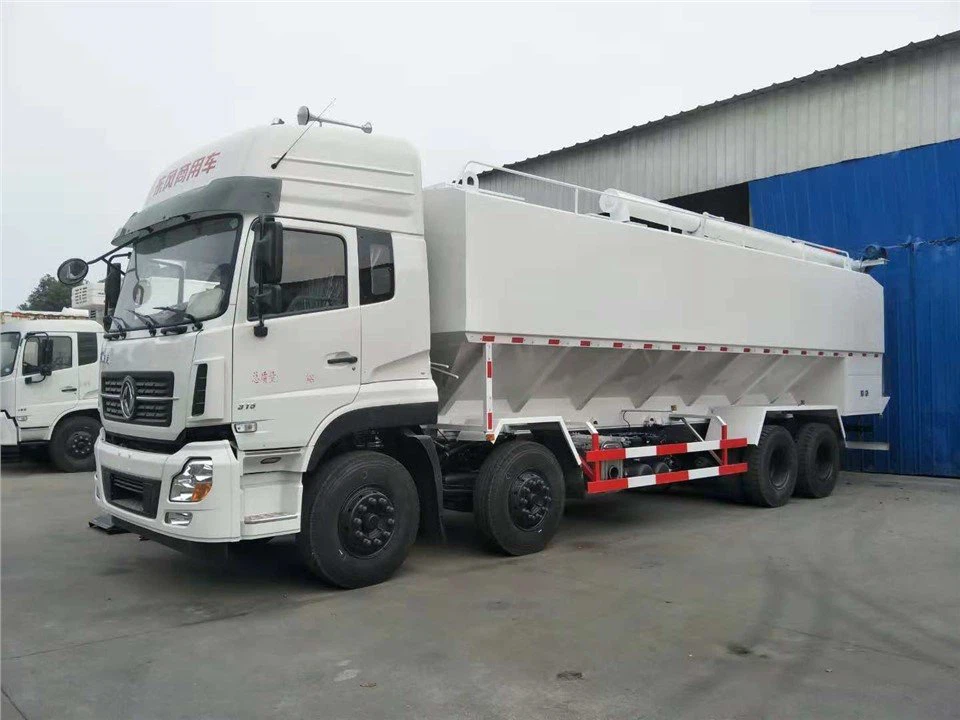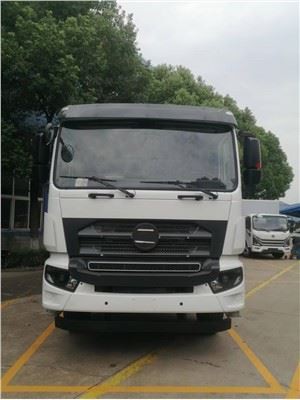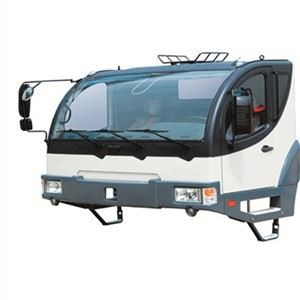Complete Knock Down Car: Understanding the Concept and Its Implications

Introduction

The term “complete knock down” (CKD) car refers to vehicles that are shipped in parts and assembled in a different country. This process is essential in the automotive industry for manufacturers looking to enter new markets while minimizing costs and maximizing efficiency. In this comprehensive article, we will explore the complete knock down car concept, its advantages and disadvantages, the process involved, and practical tips for those considering CKD vehicles. Additionally, we will address some frequently asked questions to clarify any remaining doubts.
What Is a Complete Knock Down (CKD) Car?
A complete knock down car is precisely what it sounds like—a vehicle that arrives disassembled and is put together at its destination. This approach is commonly used in international trade and production, especially when manufacturers wish to establish a local presence without incurring heavy import taxes on fully assembled cars.
The CKD Process: From Manufacturer to Assembly Line
The CKD process involves several key stages:
- Design and Manufacturing: The vehicle is designed and manufactured in the home country of the automaker.
- Disassembly: The vehicle is disassembled into its various components (chassis, engine, body parts, etc.).
- Shipping: The components are then shipped to the destination country.
- Local Assembly: Local labor assembles the vehicle in a factory set up specifically for this purpose.
Why Choose CKD? Advantages of Complete Knock Down Cars
There are several advantages to utilizing CKD operations for automotive manufacturers:
- Cost Efficiency: Importing parts is often cheaper than importing complete vehicles due to tariffs and taxes.
- Local Employment: CKD production creates jobs in the assembly country, leading to community growth.
- Market Presence: Establishing local assembly can enhance the brand’s presence and acceptance in new markets.
- Customization: Companies can modify vehicles to meet local preferences and regulations during assembly.
Challenges of CKD Operations
Despite its advantages, CKD production has challenges:
- Dependency on Suppliers: Relying on suppliers for parts can create risks in the supply chain.
- Quality Control: Maintaining consistent quality in various locations can be challenging.
- Initial Setup Cost: Establishing an assembly plant incurs significant initial costs.
Comparing CKD with Other Manufacturing Strategies
CKD vs. Fully Built Unit (FBU)
Fully built units (FBU) are vehicles that arrive assembled. Below is a comparison:
| Criteria | Complete Knock Down (CKD) | Fully Built Unit (FBU) |
|---|---|---|
| Import Duties | Lower | Higher |
| Local Job Creation | High | Low |
| Assembly Time | Longer | Shorter |
| Customization Options | High | Limited |
CKD vs. Completely Knocked Down (CKD) Parts
Some manufacturers choose to ship individual parts, which is distinct from CKD operations. Here’s a breakdown:
| Aspect | CKD Cars | CKD Parts |
|---|---|---|
| Assembly Requirement | Yes | No |
| Market Strategy | Local assembly for market entry | Specific supply chain needs |
| Customization Features | High | Lower |
Key Players in the CKD Market
Global Automotive Manufacturers
Numerous automotive companies leverage CKD strategies. Some notable examples include:
- Toyota: Established local assembly plants across various countries to cater to growing markets.
- Ford: Utilizes CKD operations in several developing countries to reduce costs.
- Volkswagen: Invests in CKD setups as a part of its global expansion strategy.
Local Automakers
Local manufacturers also use CKD methods. For example, companies in India and Brazil often assemble vehicles using components sourced from international manufacturers.
Tips for Navigating the CKD Car Market
Research Before Purchase
When considering CKD cars, it is crucial to conduct thorough market research:
- Understand the local market’s demand for specific vehicles.
- Examine competitor offerings and pricing strategies.
Verify Local Assembly Quality
Ensure the assembly plant has a good reputation for quality control to avoid future issues:
- Look for reviews and testimonials from previous customers.
- Check compliance with local automotive regulations.

Calculate Total Cost of Ownership
Investing in a CKD car might be cost-effective initially, but consider other costs:

- Maintenance and spare parts availability.
- Insurance premiums for CKD assembled vehicles.
Frequently Asked Questions (FAQs)
What are the main benefits of CKD cars?
CKD cars provide cost efficiency, allow for local job creation, and enable manufacturers to establish a stronger market presence.
Are CKD cars less reliable than fully assembled cars?
Not necessarily. Reliability depends on the quality of assembly and compliance with manufacturing standards.
Can I customize a CKD car?
Yes, CKD vehicles offer greater customization options tailored to local market preferences.
What types of vehicles are commonly shipped as CKD?
Common CKD vehicles include passenger cars, commercial trucks, and utility vehicles.
How long does the CKD assembly process take?
The assembly process duration varies based on the vehicle type and complexity, typically ranging from a few hours to several days.
Is purchasing a CKD vehicle worth the investment?
It can be a good investment if you consider factors like total cost of ownership, local tactics, and the potential for future market appreciation.
